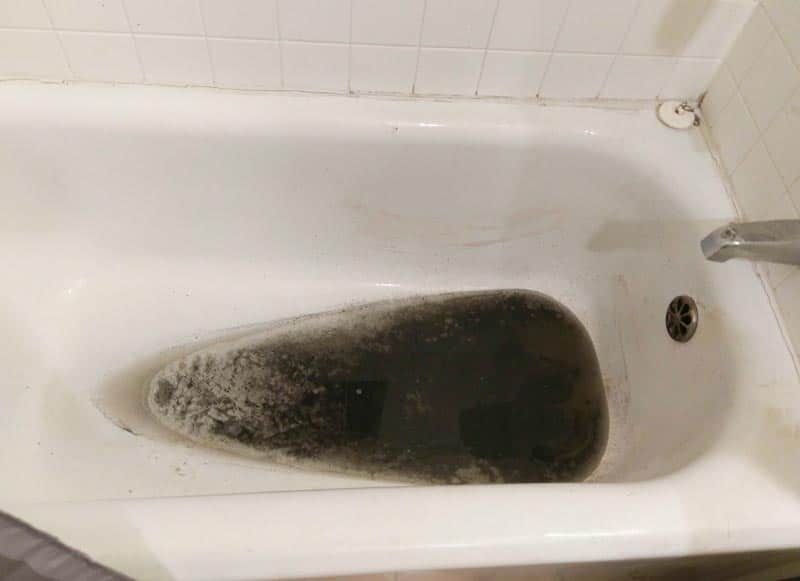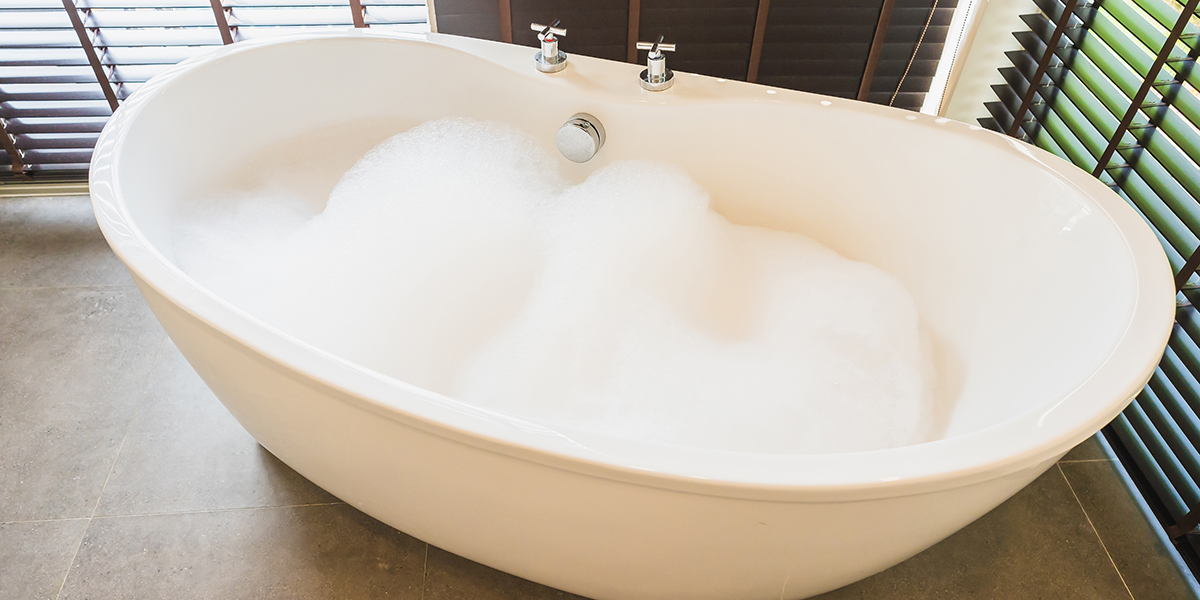Right here further down yow will discover additional outstanding expertise on the subject of What To Do If Sewage Starts Backing Up Into the Shower.

Sewage back-up in the tub can be a distressing and unhygienic trouble for any kind of home owner. Not just is it bothersome, yet it also positions major wellness threats and shows underlying issues with the plumbing system. Understanding why sewage is showing up with the tub is critical for taking ideal action to resolve the trouble successfully.
Introduction to the Issue
Typical Reasons for Sewer Back-up
Clogs in the Sewage System Line
One of the most usual root causes of sewer backup is a blockage in the sewage system line. This can occur due to the buildup of debris, grease, or foreign things in the pipelines, avoiding correct flow and triggering sewer to back up right into your tub.
Tree Origin Intrusion
Tree roots seeking wetness and nutrients can penetrate sewer lines with tiny splits or joints. With time, these roots can grow and expand, creating significant damages to the pipes and leading to sewer backup issues.
Understanding the Trouble
When sewage draws back up right into the bath tub, it's a clear indicator of a trouble with the drainage system. The wastewater that ought to be streaming far from your home is rather finding its back right into your space, which can result in significant damage and health hazards.
Prospective Causes
A number of elements can add to sewage backup in the bathtub. From obstructions in the sewer line to problems with the plumbing facilities, determining the origin is necessary for finding an option.
Aging Framework
Older homes may have outdated plumbing systems that are much more at risk to rust, cracks, and wear and tear. As pipelines age, they come to be a lot more prone to leakages and obstructions, raising the chance of sewer back-up incidents.
Heavy Rainfall or Flooding
Throughout durations of heavy rainfall or flooding, the sewer system might come to be overwhelmed with excess water, triggering backups and overflows. This can lead to sewage backing up into tubs and other components inside the home.
Indications of Sewage Backup
Foul Odors
Unpleasant smells rising from drains or components, specifically in the restroom, may suggest sewer backup concerns. These smells are typically solid and persistent, indicating a trouble that requires instant interest.
Slow Draining Fixtures
Bathtubs, sinks, and toilets that drain gradually or otherwise in all could be experiencing sewage backup. If numerous components are influenced all at once, it's most likely that the issue originates from an usual point, such as the major sewer line.
Gurgling Sounds
Odd gurgling or gurgling sounds originating from drains pipes when water is running somewhere else in your home are a measure of air entraped in the plumbing system. This air accumulation can result from sewer backup and should be explored quickly.
Wellness Dangers Associated with Sewer Back-up
Contamination of Supply Of Water
Sewer backup can pollute the water supply in your home, positioning a significant health danger to you and your household. Direct exposure to infected water can result in gastrointestinal problems, skin infections, and various other illnesses.
Mold Growth
Moisture from sewage back-up can produce suitable problems for mold growth in your house. Mold and mildew spores can worsen respiratory system issues and cause allergies in sensitive individuals, making timely clean-up vital.
Spread of Disease
Sewage has dangerous bacteria, infections, and parasites that can trigger a range of conditions, including liver disease, cholera, and gastroenteritis. Entering into contact with sewer or polluted surface areas puts you at risk of infection.
Tidying up After Sewer Backup
Disinfection Procedures
Thoroughly disinfect and disinfect impacted areas after sewage back-up to get rid of unsafe bacteria and stop mold development. Use proper cleansing products and safety gear to guarantee secure and reliable cleanup.
Restoration of Affected Locations
Repair any kind of damage to flooring, wall surfaces, or components brought on by sewage backup. Depending on the degree of the damages, you may need to change carpeting, drywall, or various other materials to recover your home to its pre-loss condition.
Immediate Actions to Take
Switching Off Water Supply
In case of sewage back-up, it's important to switch off the water to stop additional contamination and damage. Locate the major water shutoff valve in your home and closed it off until the problem can be resolved.
Calling a Specialist Plumber
Handling sewer back-up is not a do it yourself job. Get in touch with a qualified plumber with experience in handling sewage-related concerns to evaluate the scenario and execute needed repairs or clean-ups.
Staying Clear Of Contact with Infected Water
Up until the sewer back-up is fixed, stay clear of contact with contaminated water to prevent the spread of germs and microorganisms. Wear protective gear if you need to be in the afflicted area and wash your hands extensively later.
Preventive Measures
Routine Upkeep of Sewage System Lines
Arrange routine assessments and upkeep of your sewer lines to recognize and address prospective problems before they escalate into significant issues. This can include clearing out debris, checking for tree origin invasion, and repairing any type of damaged pipes.
Setting Up Bayou Valves
Consider installing bayou shutoffs in your plumbing system to prevent sewage from flowing back into your home during durations of heavy rainfall or flooding. These valves instantly close when water draws back up, shielding your building from contamination.
Correct Disposal of Family Waste
Avoid flushing anything other than toilet paper and human waste down the toilet to avoid clogs and clogs in the sewer line. Dispose of grease, oil, and various other household chemicals effectively to minimize the danger of plumbing troubles.
Why Is Water Backing Up in My Bathtub When I Flush My Toilet?
What to do about a sewer line clog
First, don’t bother with plunging. No amount of plunging will dislodge the clog in a sewer line. The clog is too far away. Plungers are for clogs in the toilet itself, not the sewer line. Plus, the most likely causes of a sewer clog are:
Tree roots Flushed toys or feminine products Grease buildup Those items don’t move easily. And in the case of tree roots, the roots need to be cut out of the pipe and the pipe will need to be repaired.
You’ll need a closet auger. A closet auger is a type of plumber’s snake with a protective cover to keep from scratching the delicate porcelain toilet. If the clog is further down, you may need to remove the toilet or use one of your cleanouts to get to the clog.
We also recommend doing a video inspection of the drain to ensure that the cause of the clog has been completely removed. Otherwise, you could have the same problem again in a few days or weeks.
https://mspplumbingheatingair.com/blog/why-is-water-backing-up-in-my-bathtub-when-i-flush-my-toilet

I hope you enjoyed our topic about Why is Sewage Backing Up Into My Bathtub?. Thanks for taking time to read through our piece. If you please take the opportunity to share this write-up if you appreciated it. Thank you so much for going through it.
Visit The Following Page